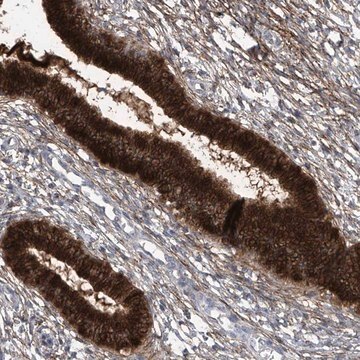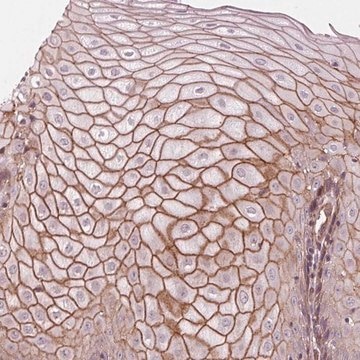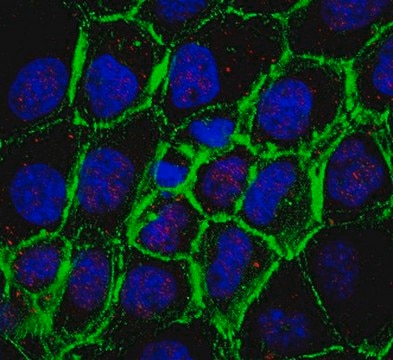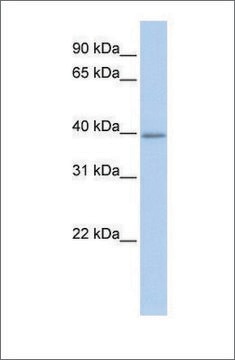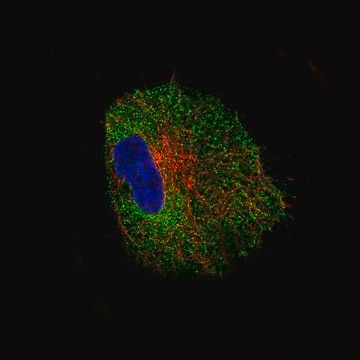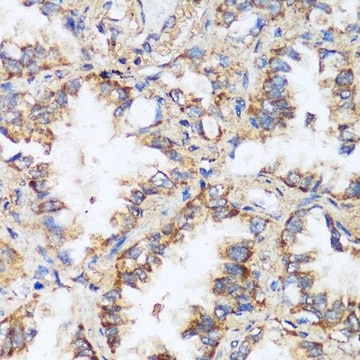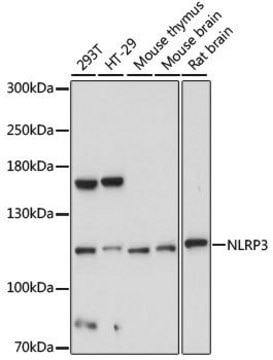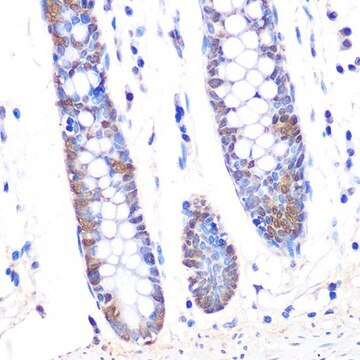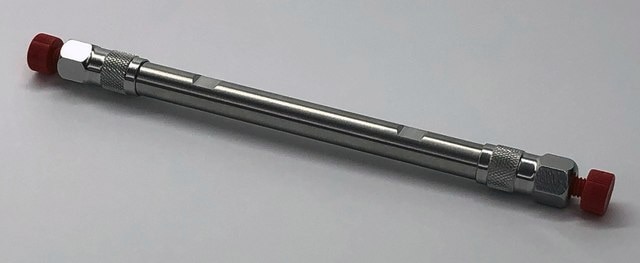MABS1225
Anti-TXNIP Antibody, clone JY2
clone JY2, from mouse
Synonym(s):
Thioredoxin-interacting protein, Thioredoxin-binding protein 2, Vitamin D3 up-regulated protein 1
About This Item
Recommended Products
biological source
mouse
Quality Level
antibody form
purified immunoglobulin
antibody product type
primary antibodies
clone
JY2, monoclonal
species reactivity
human, mouse
technique(s)
western blot: suitable
isotype
IgG1κ
NCBI accession no.
UniProt accession no.
shipped in
ambient
target post-translational modification
unmodified
Gene Information
human ... TXNIP(10628)
General description
Specificity
Immunogen
Application
Signaling
Western Blotting Analysis: A representative lot detected TXNIP in adult mouse cardiomyocytes. No TXNIP target band was detected in cardiomyocytes from Txnip-null mice (Yoshioka, J., et al. (2007). Circ. Res. 101(12):1328-1338).
Quality
Western Blotting Analysis: A 1:2,000 dilution of this antibody detected TXNIP in 10 µg of HeLa cell lysate.
Target description
Physical form
Storage and Stability
Other Notes
Disclaimer
Not finding the right product?
Try our Product Selector Tool.
wgk_germany
WGK 1
Certificates of Analysis (COA)
Search for Certificates of Analysis (COA) by entering the products Lot/Batch Number. Lot and Batch Numbers can be found on a product’s label following the words ‘Lot’ or ‘Batch’.
Already Own This Product?
Find documentation for the products that you have recently purchased in the Document Library.
Our team of scientists has experience in all areas of research including Life Science, Material Science, Chemical Synthesis, Chromatography, Analytical and many others.
Contact Technical Service